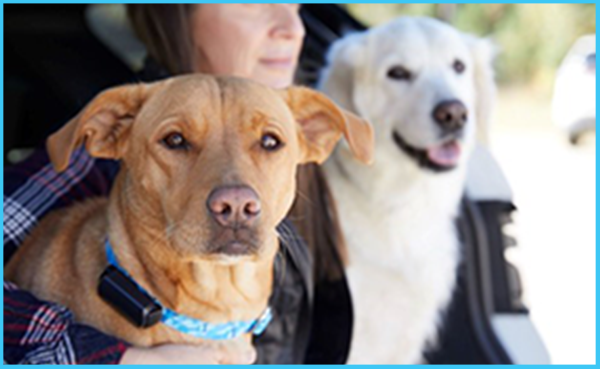
Quantified self… digital health… medical IoT. These are just a few terms that describe the technologies transforming health care from something that occurs at a medical facility to something that is in the hands of the public, individualized, and connected to our daily lives.
Electronic health records and health tracking apps marked early steps toward digital health. While some technologies have shown staying power, others didn’t catch on, highlighting the need for streamlined user interfaces, better integration into the healthcare ecosystem, analytics to aid interpretation, and adequate privacy protections. The COVID-19 pandemic created a demand for self-tracking metrics like heart rate, breathing rate, temperature, and pulse oximetry. Limited in-person care spurred new thinking about alternative care models, such as telemedicine and home health monitoring. Contact tracing puts a spotlight on the value of location tracking. And the need to interpret the data collected underscored the role of AI technologies such as machine learning, computer vision, and natural language processing.
Wearable devices, digital technologies worn directly on the body or integrated into clothing or accessories, are at the forefront of the quantified health movement. Wearables have many applications in human and pet health, from smartwatches and intelligent clothing to collar-mounted pet activity trackers. Not all pet wearables are created equal. Some devices store information passively, like a scannable ID tag. Others are more advanced, with battery-powered tri-axial accelerometers capable of measuring motion in three dimensions. When paired with machine learning and analytics tools, such devices can quantify behaviors like scratching and shaking, recognizing early signs of conditions such as dermatitis.
 At Hill’s Pet Nutrition, a team of scientists and engineers is working to improve the lives of people and their pets through quantified health technologies, including wearable devices. “Pet parents want to know their pets are happy, healthy, and safe,” says Dave Baloga, VP of Science and Technology at the Hill’s Pet Nutrition Center campus in Topeka. “Wearables help us deliver on that need by making the invisible visible. The power of wearables lies in their ability to identify changes in pet health early so that proper foods can be recommended.”
At Hill’s Pet Nutrition, a team of scientists and engineers is working to improve the lives of people and their pets through quantified health technologies, including wearable devices. “Pet parents want to know their pets are happy, healthy, and safe,” says Dave Baloga, VP of Science and Technology at the Hill’s Pet Nutrition Center campus in Topeka. “Wearables help us deliver on that need by making the invisible visible. The power of wearables lies in their ability to identify changes in pet health early so that proper foods can be recommended.”
Over the next few years, quantified health technologies will likely see increased use, putting greater control into the hands of the public and shifting the focus of care from reactive to proactive. Consumers will arrive at medical appointments prepared with, or prompted by, their data. Analytics will stand out, delivering insights that will drive conversations around health management. Telemedicine will help expand access to care and enable triage. And digital technology will become standard-of-care, from in-home health monitoring to automated interpretation of image-based diagnostics.
The transformation of healthcare by technology offers abundant opportunities, especially for pet health. Insights derived from data are fundamental to delivering on that vision. And at Hill’s Pet Nutrition, the future of quantified health looks bright.